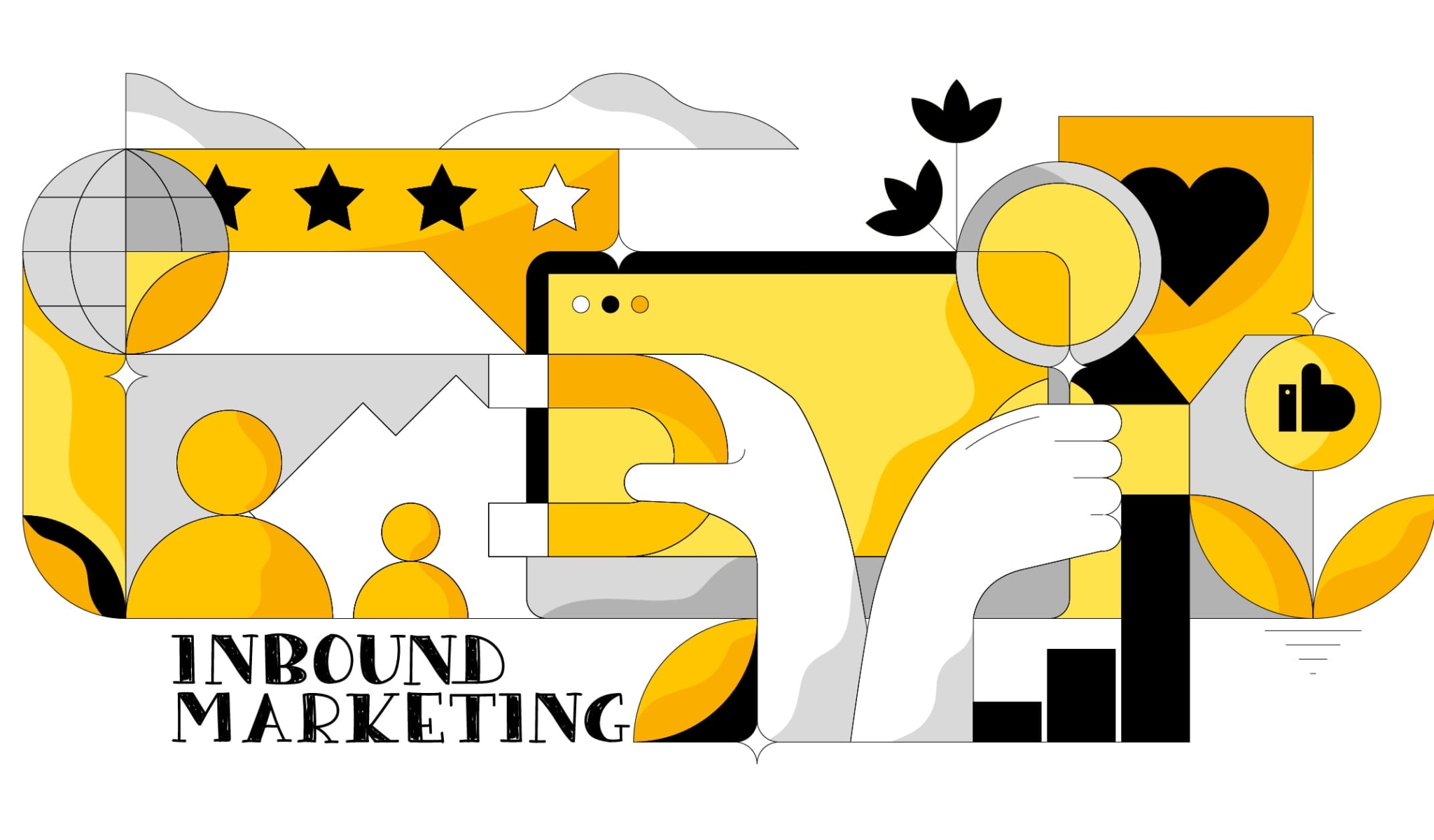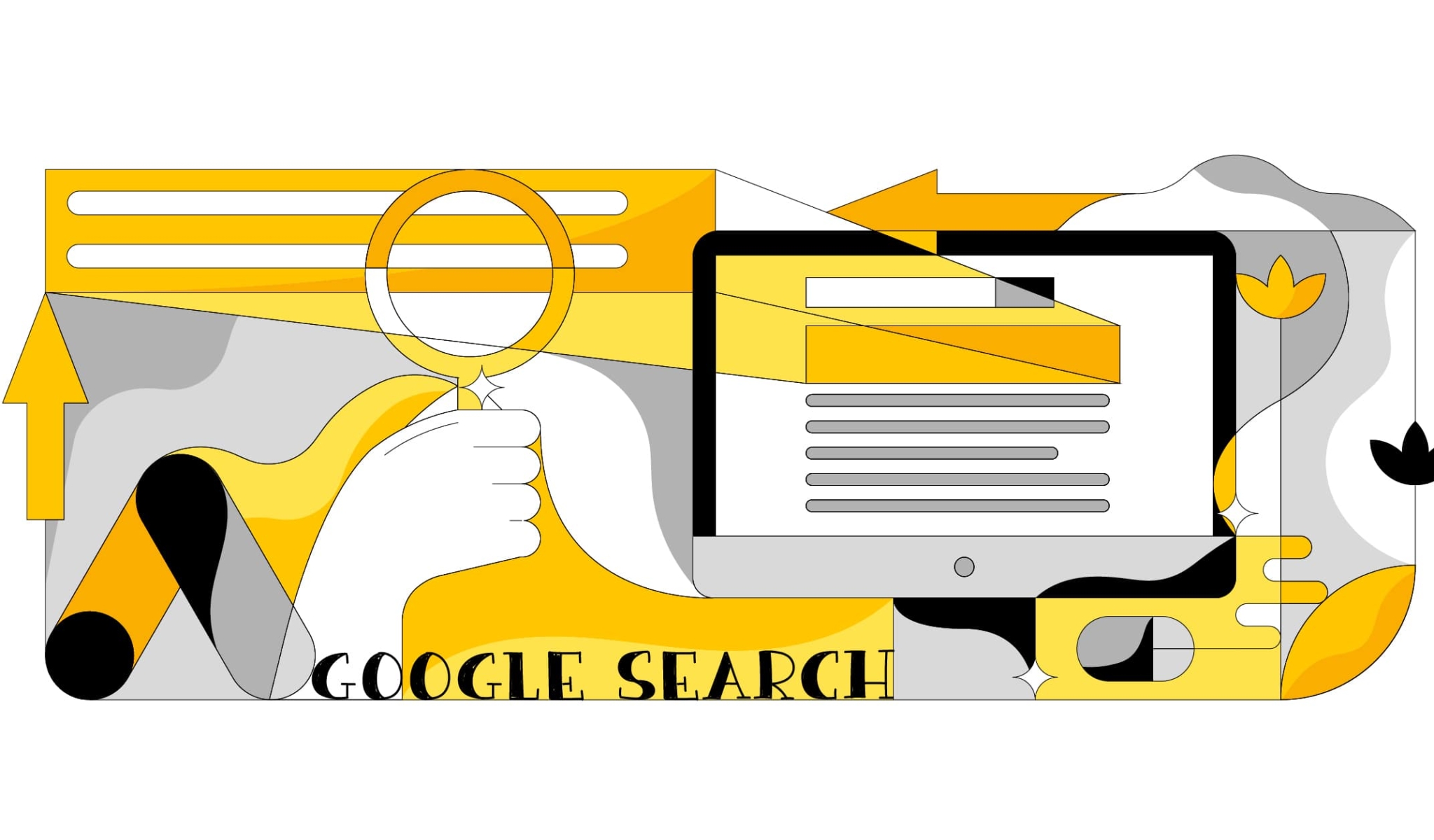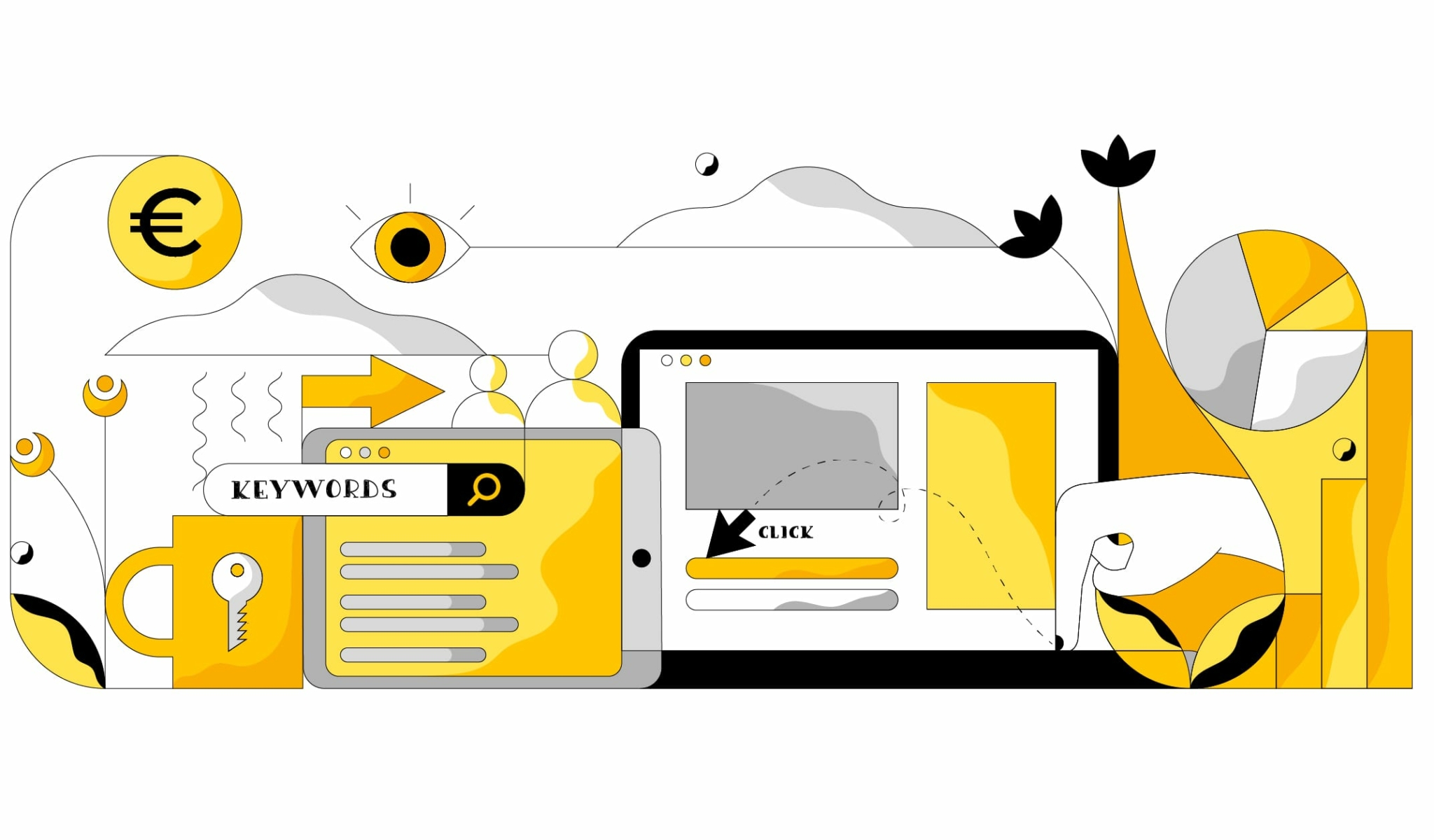Gone are the days when sales representatives were the primary knowledge source for prospective buyers. Now, customers can conduct their own online research before contacting a company or making a purchase. This is why inbound marketing is important; it’s an opportunity to nurture those connections by providing useful information to customers and positioning yourself as an authority they can trust before they have even considered purchasing from you.
B2B sales and marketing have historically relied on outbound strategies like paid advertising, direct mail, trade shows, or cold calls. Now, the customer journey starts before companies even know about it, as the internet offers a wealth of information for them to explore and learn about your brand.
This means that marketing and sales have evolved into a new, unified process and require different strategies to attract those curious new prospects. Inbound marketing was born from this need as a way to offer value and create beneficial experiences before that initial interaction with your brand. Below you’ll learn how inbound marketing works and how B2B businesses can apply it to build campaigns that convert.
What is inbound marketing?
y marketing process or campaign designed to help new prospects learn about your company with non-intrusive activities, where the goal is not to sell (or at least not directly) but to provide information. Hence the name. In fact, “inbound”, literally “inbound”, wants to highlight the process that underlies it; it is not us reaching the customer, but the customer reaching us.
You may be thinking, what role do companies play in such a passive approach?
Well, actually a lot! People tend to go where they can find the answers, so companies need to provide answers to these questions. Translating this into digital language, we’ll say that we need to give users content that answers their search intent. For example, if a customer searches “What is a Slip Ring” on Google and finds my content instead of a competitor’s, I’ve hit the jackpot.

While some might argue that there is malice in such subterfuge, in reality, if you think about it, it’s a win-win for both parties. It’s nothing more than taking your product know-how from a meeting room to an online channel (website, social media, etc.).
If you’re looking for free information but then it turns out to be a marketing stunt, you’re looking at a bad example of inbound marketing.
You don’t need to advertise, you are promoting yourself by showing expertise and establishing a relationship, which will translate into a preference for your services at the purchase stage.
You see examples of inbound marketing online every day, from blog content and social media posts to whitepapers and webinars. These are all efforts to engage new audiences through visibility and nurture those connections to generate leads.
Inbound marketing invites customers to come to you, discover your brand on their terms, and gain value before making a purchase decision. In contrast, outbound marketing approaches the customer directly in an interaction that feels more like a traditional sales pitch than an invitation to explore your brand.
Outbound vs. inbound marketing
It’s essential to understand the pros and cons of both outbound and inbound marketing for B2B companies to determine the ideal approach for your business. A benefit of outbound marketing is that it is a familiar approach for both the marketer and the customer.
However, the direct nature of outbound marketing can also work against your company. The prospect may feel like they have a one-sided connection to your brand like they are being sold to rather than communicated with. And since outbound methods aim to capture wide audiences, they may feel less relevant to some groups. These strategies may miss specific pain points, and in turn, miss out on capturing certain customers.

This is why many B2B businesses are turning to inbound marketing. It’s a less invasive method, allowing customers to come to you to find highly relevant and valuable information. By segmenting your audience for inbound marketing campaigns, you can create experiences tailored to specific groups through the content you share, the emails you send, search engine optimisation (SEO) practices, and more.
If done on your own platform, inbound marketing does not require you to allocate media budgets (i.e. the one you pay to Google, Linkedin or Facebook). The success of this content, being meritocratic, is directly proportional to its quality. Therefore, the only cost will be the hours spent by an internal resource of the company, or by a good editor in case you decide to give the activity to a specialized agency.
One con to consider with inbound marketing is that it will take a few months -if not years- to see the return on investment you seek, but with patience and commitment, you’ll reap the rewards.
But all in all, in B2B we’re used to long sales cycles, right?
Inbound in B2B sales
No matter your niche, if a customer is evaluating your offer online, you want to be there. People tend to trust and buy from brands who have demonstrated expertise, and inbound marketing is your chance to prove the superior quality and unique value proposition that your B2B business has to offer.
The process starts with awareness of your brand. At this point, you are intentionally attracting new eyes to your brand through SEO, social media, blogs, and other content relevant to your target consumer.
The next step is to facilitate the consideration process, converting these new prospects into leads using content, landing pages, or a call to action like signing up for your webinar or booking a meeting with an expert. From there, you’ll encourage a decision by segmenting your audience, sending valuable emails, and nurturing those customer relationships.
There are plenty of new trends in inbound marketing, and they are just as effective for B2B companies as any other niche. Today’s buyer wants to engage in a two-way interaction, exploring your offer on their terms and developing a deeper connection with your company before making their final decision.
Educational content for inbound marketing
Among the emerging trends in inbound marketing is educational content. Niche experts are on the rise, using teaching methods to share their unique offering rather than pitching it to prospects directly. This type of educational content allows companies to position themselves as experts in their field, build trust, and gain loyal followers that they can nurture and convert.

Instead of explaining the technical details behind your B2B business or the complex features of your product, you can use content like blog posts and videos to show how your services can streamline daily operations, maximise profits, or help them stand out from their competition. It is another of the reasons why inbound marketing is important in helping you build a trusting relationship with your audience.
This education directly translates to value. Prospects walk away from an interaction with your brand having gained something, even without purchasing your product or service.
Marketing and sales collaboration
B2B is a relational niche, so closing, upselling, and cross-selling all still require a sales representative. The aim of adding more inbound strategies to your marketing mix is to gain more marketing qualified leads (MQL) to sales. Then, guiding the customer to the right solution and closing the deal is still 100 per cent in the hands of sales.
The goal of inbound is not to get better results out of a process already in place. It makes the difference between receiving a lead or not, between sitting down at the table with the prospect or not. This is why collaboration is key between sales and marketing. It sources and guides potential leads to the right team, then closes the sale.
The future of B2B
Now that you’ve discovered the importance of inbound marketing for B2B companies, you can see why it represents the future of marketing for this niche. There are plenty of ways to implement inbound marketing as a key facet of your campaigns moving forward.
If you need advice, don’t hesitate to contact us to start taking advantage of these strategies and reach your business goals.








